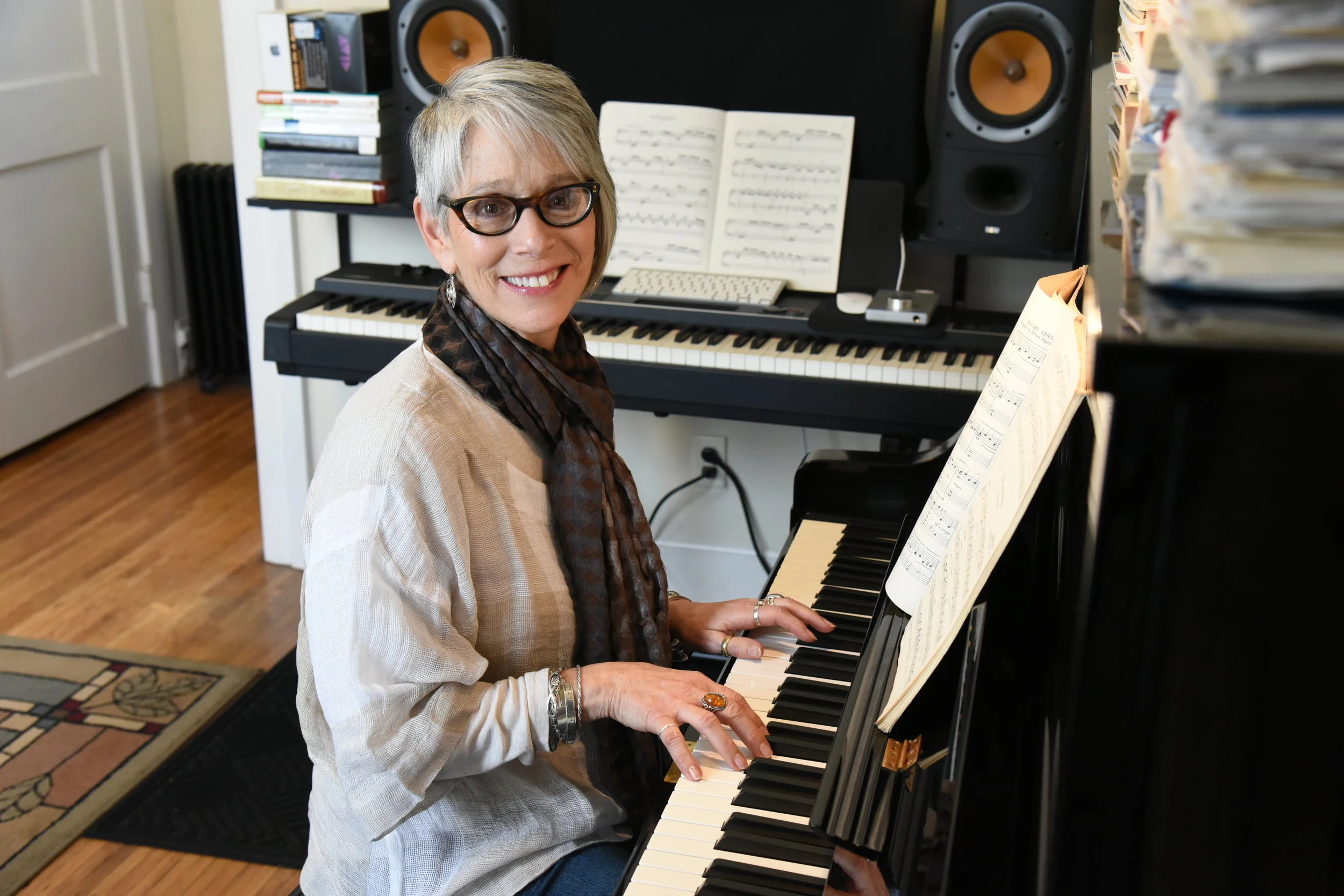Young Composer and Collaborators Help Listeners De-Stress
/I always enjoy sharing good news and stories about the progress of my students. In this post, I’d like to recognize Matthew Metlitsky - a 9th-grade student who, along with me, composed and recorded a piece of music during our pandemic.
Prior to our project’s beginning, Matthew had been keeping busy studying and practicing composition techniques while enrolled in the Music Makers program here at the studio. Among other skills, he learned how to write melodies, build chord progressions, and communicate his original ideas with other musicians.
To help Matthew exercise some of his newly acquired skills, I suggested that we work on a project together - one that would offer him an opportunity to write for a real-world audience. I was happy when he accepted my invitation.
When we began generating musical ideas, I noticed that Matthew was tending toward a more upbeat sound. Because we had already talked about applying our musical themes to a particular concept or cause, we thought that helping people relieve stress - in particular, stress brought on by COVID - would be a good idea.
To help reinforce the piece’s optimistic mood, we decided to add a flute part to the solo piano arrangement. Luckily, my friend Sean Bailey - an excellent clarinetist and woodwind doubler - agreed to help out.
Our recording, like so many others that were captured during the pandemic, took place remotely. Despite the distance between us (Rochester, NY and Philadelphia, PA), we felt good about how the separate performances synced up and how the instruments blended together.
Since one of our initial goals was to share this music, we’re inviting you now to enjoy the sounds of A Sunny Day. Click on the audio player below to listen to A Sunny Day. If you like what you hear, please share this blog page with others. We’d love it if you joined us in helping others de-stress!
Kudos to Matthew and Sean - two collaborators who helped bring this project into being. Despite some minor frustrations during the composing and recording stages (to be expected), we had a lot of fun making this music. Thanks, guys!
To learn more about Sean Bailey and his music, click here: http://www.upbeatmusician.com/about.html













